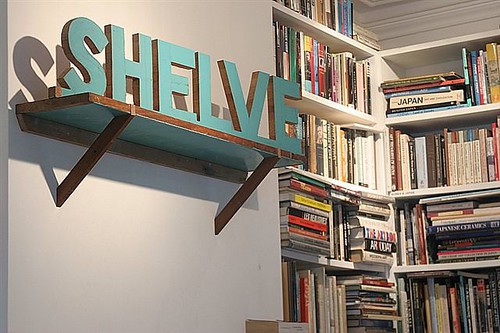
(thanks to Charles Schultz for this drawing, and to this page for some motivational thoughts: “What separates the losers in life from the winners is that the winners press on.” Yikes. )
Liz Pulie, erstwhile publisher of Lives of the Artists Magazine mentioned to me recently that she was interested in giving up.
How can I explain? It’s been a while since she put out an edition of her mag. Has she given up production? Not really…it’s just that…like my Bilateral Blog, enthusiasm and energy to write comes in irregular bursts, and it can seem like things are getting stagnant, or that the whole project is set to collapse during the quiet times.
Continue reading


